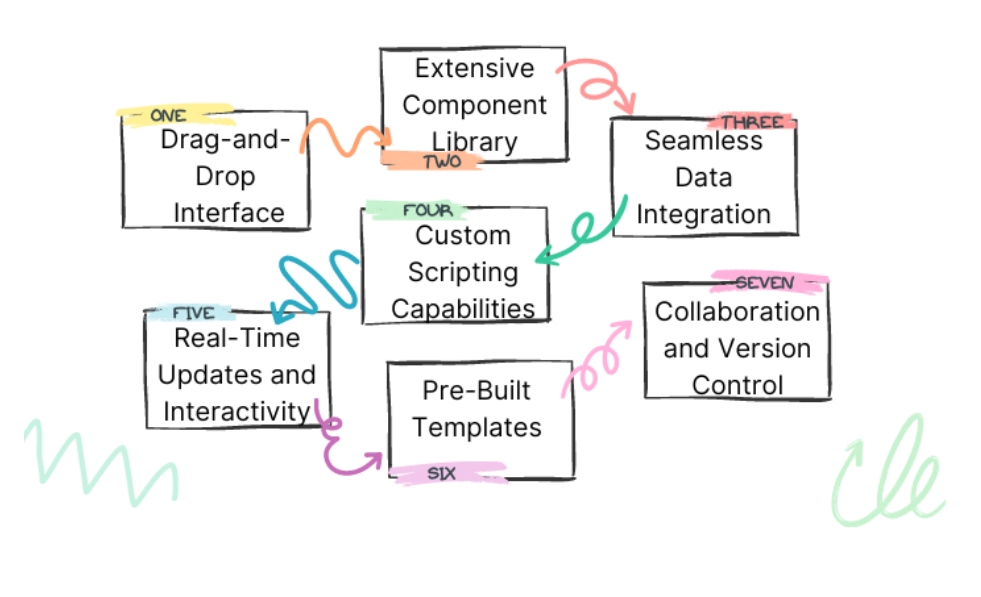Finding temporary housing for families can be challenging, especially when trying to maintain a sense of normalcy. Whether due to relocation, home renovations, or unexpected circumstances, families often need lodging solutions that cater to their unique needs. From ensuring child-friendly environments to maintaining routines, the right temporary housing can provide stability and comfort during a transitional period. Explore practical options that feel like home, along with tips for a smoother experience.
Rental Homes
1. Room to Spread Out
Rental homes typically offer multiple bedrooms, private yards, and spacious living areas, giving every family member their own space. This setup is particularly beneficial for larger families or those with teenagers who need privacy. Outdoor spaces like backyards allow children to play safely while parents relax or work from home. Having more room also makes it easier to store belongings and keep the home organized during the temporary stay.
2. Access to Good Schools
Many family-oriented neighborhoods are located near top-rated schools, ensuring children can continue their education without disruption. Parents can rest assured knowing their kids are in a supportive academic environment that aligns with their long-term goals. These neighborhoods often feature after-school programs and extracurricular activities, making the transition easier for students. Additionally, living close to schools can reduce commute times and improve daily routines.
3. Sense of Community
Living in a neighborhood allows families to connect with others, fostering a sense of belonging. Many communities host events like block parties, seasonal celebrations, or local meet-ups that encourage interaction. These social opportunities can help children make friends and parents build a support network. Being part of a welcoming neighborhood can significantly ease the stress of a temporary move.
4. Pet-Friendly Options
Many rental homes are pet-friendly, accommodating the entire family, including furry members. Families with pets often find that having a yard or nearby walking trails makes the adjustment period smoother. Pet-friendly rental homes may also include features like secure fencing or pet doors for added convenience. This ensures that pets remain comfortable and cared for during the transition.
Furnished Apartments
1. Child-Safe Furniture
Many furnished apartments are designed with safety in mind, including rounded corners on furniture and secure fixtures. Parents can feel more at ease knowing the environment reduces the risks of accidents for younger children. Additionally, childproof locks and sturdy furniture enhance overall safety. This makes furnished apartments a practical choice for families with toddlers or preschoolers.
2. Nearby Parks and Playgrounds
Proximity to parks allows children to burn off energy and socialize with peers, contributing to their well-being. These green spaces provide opportunities for family picnics, outdoor games, and regular exercise. Access to safe, well-maintained playgrounds can also help children adjust to their new surroundings. Parks often serve as community hubs, offering events and activities that engage the whole family.
3. Fully Equipped Kitchens
Families can prepare home-cooked meals, which can be both cost-effective and comforting during a transitional time. Cooking at home also allows families to maintain dietary preferences and routines. Many furnished apartments come with modern appliances and ample storage, making meal preparation easy. Sharing meals together can create a sense of normalcy and strengthen family bonds.
Extended-Stay Hotels
1. Suites with Multiple Rooms
Families can enjoy privacy with separate bedrooms and living areas, making long stays more comfortable. This setup allows parents to work or relax without disturbing sleeping children. Having distinct spaces for activities like homework, playtime, and rest helps maintain order. Multiple rooms also make it easier to accommodate varying schedules and needs within the family.
2. Kid-Friendly Amenities
Many extended-stay hotels offer amenities like swimming pools, game rooms, and complimentary breakfasts that appeal to children. These features provide entertainment and help reduce stress during the transition. Some hotels even offer kids’ clubs or activity programs, keeping young ones engaged. Kid-friendly amenities can make the stay feel more like a vacation, adding an element of fun.
3. Flexible Stay Options
Families can book stays for a few weeks or several months, depending on their needs. Extended-stay hotels often offer discounts for longer bookings, making them a cost-effective choice. The flexibility to extend or shorten a stay as needed provides peace of mind. This adaptability is particularly valuable for families facing uncertain timelines.
Tips for Moving with Kids
1. Ensure Stability
Bring familiar items, like favorite toys, blankets, or books, to create a sense of home in the new space. These comforting objects can help children feel more secure and reduce anxiety. Setting up their new room with familiar decorations can also provide a sense of ownership. Stability is crucial in helping children adapt to unfamiliar surroundings.
2. Maintain Routines
Stick to regular meal times, bedtime schedules, and family traditions to provide a sense of normalcy. Consistent routines help children understand that their lives remain structured despite the change. Incorporating familiar rituals, like storytime or family game nights, can create a sense of continuity. This predictability is especially reassuring during periods of uncertainty.
3. Communicate Openly
Discuss the move with children, explaining the reasons and reassuring them about the temporary nature of the change. Kids are more likely to share their thoughts and feelings when adults model open communication. Answering their questions honestly helps build trust and understanding. Reassurance from parents can significantly reduce feelings of fear or uncertainty.
Conclusion
Temporary housing solutions for families should prioritize comfort, safety, and a sense of stability. Whether choosing a spacious rental home, a convenient furnished apartment, or a service-packed extended-stay hotel, the right choice depends on the family’s unique needs and circumstances. Each option offers distinct advantages, from ample space and community connections to convenient locations and child-friendly amenities. With careful planning and consideration, families can find housing that feels like home, even during life’s transitions. By embracing these solutions, families can navigate temporary changes with confidence and ease, ensuring that their temporary housing solutions truly meet their needs.






